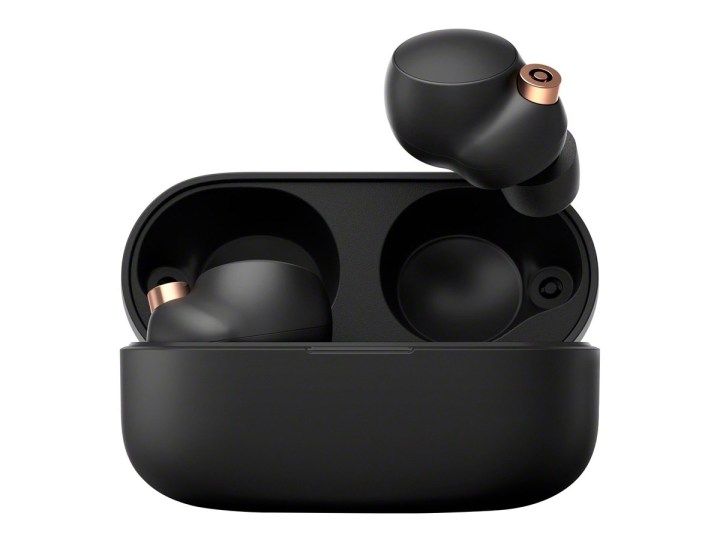Let’s categorize this one under “better late than never.” Sony has finally released a software update for its flagship wireless earbuds — the WF-1000XM4 — that gives them a much-needed feature: the ability to connect the buds to two devices simultaneously, otherwise known as Bluetooth Multipoint.

When Sony originally announced the new feature, it said the update would be made available in November 2022. That timing materialized for the other two Sony products that were slated to get Multipoint (the LinkBuds and LinkBuds S), but for some reason, the XM4 were left out. Today, however, it was spotted by What Hi-Fi, and we can confirm that the update is now available if you open the Sony Headphones app on your phone and connect your WF-1000XM4.
Be prepared for a bit of a wait once you start the update process. It took me more than 30 minutes just to download and transfer the new software to the earbuds before the actual update could begin.
Once it’s complete, you should be offered the ability to connect the earbuds to any previously paired device or connect to a new device. Keep in mind, while it’s possible to be connected to two devices simultaneously, you can only play audio from one of those devices at a time. When paired to two devices, the Sony Headphones app will only be able to work on one of them — but you can pick which one. The app will display the earbuds’ status and features regardless of whether playback is coming from the device with the app or not.
I’m also happy to see that enabling simultaneous device connections hasn’t affected the WF-1000XM4’s ability to use Sony’s high-quality LDAC Bluetooth codec when connected to a compatible phone like a
The addition is a welcome one. When I reviewed the WF-1000XM4 shortly after they launched, I was hard-pressed to find anything I didn’t like about them. But the fact that they arrived without Bluetooth Multipoint struck me as an unfortunate decision given that so many wireless earbuds — at almost all prices — now typically offer it.
Nonetheless, I awarded the WF-1000XM4 a 9/10 for all of the other things these great wireless earbuds got right. Once I’ve had a chance to test out the new Multipoint feature, I’ll give some thought as to whether or not that score should be revised.









